
Spring Lawn Care Tips to Keep Your Grass Looking Great.
The spring season is the time for lawns and gardens to bloom and become green. Fortunately, there are several key spring lawn care tips. These tips will make your lawn thrive with the right care during the spring season.
Preparing your lawn during the spring season ensures healthy growth throughout the year. With the right maintenance practices, your lawn will be vibrant and healthy. It will also be capable of defending itself from various growth-related challenges and environmental stressors. Following are some of the most vital spring lawn care tips.
Spring Lawn Care Tip: Rake Your Lawn and Remove Excess Winter Debris
The first spring lawn care tip starts with raking your lawn. Raking begins with lightly scratching and scraping the lawn to get rid of leaves that didn’t survive the winter. The fallen leaves can eventually contribute to an excessive thatch layer that can make your lawn look unkempt or unhealthy. Additionally, raking helps to loosen the matted grass, remove excess layers of snow and other factors that may hinder new growth.
Start by using a spring rake with a strong pull to remove these layers and dead grass. Preferably, you should rake when the ground is not too wet. Otherwise, you can end up damaging or removing the healthier parts of the lawn.
Begin Mowing Again
Mowing the lawn helps promote healthier and faster grass growth throughout the year. The new generation of cordless electric lawn mowers does a great job of keeping lawns looking tidy.
The height of your lawn may vary, but never remove more than one-third of the leaf blade in each mowing. Therefore, it may take multiple attempts to reach your lawn’s ideal height. Refer to the ideal mowing heights for each grass type below.
- Tall Fescue: 2.5–3.5 inches
- Kentucky Bluegrass: 2.5–3.5 inches
- Bermudagrass: 0.5–1.5 inches
- Zoysia: 0.5–2.0 inches
- Centipedegrass: 1.5–2.0 inches
- St. Augustine: 2.0–4.0 inches
Spring Lawn Care Tips: Resume a Regular Irrigation Schedule
Watering your lawn is perhaps one of the most essential spring lawn care tips that most people overlook. Spring is a time of re-growth for established lawns. Therefore, it’s essential that your lawn gets sufficient water supply during this part of the year.
The biggest problem is that excessive watering and irrigation has the potential to promote disease outbreaks. Generally speaking, your lawn should receive a total of 1 inch of irrigation weekly (including rainfall). If you aren’t sure how to measure how much water your lawn is receiving, an irrigation audit may be beneficial to you.
Keep an eye out for any discolored spots or dead patches in your lawn as this may indicate disease outbreaks.
Adopt a Spring Fertilizer Program
Any good list of spring lawn care tips includes a proper lawn fertilizing program. Fertilizing your lawn ensures that your lawn growth stays on track as it grows throughout the spring season. The Lawnifi® Spring Fertilizer Box is a liquid fertilizer program that contains three separate bottles of liquid fertilizer. Each bottle of this liquid fertilizer contains nano-sized nutrients for increased uptake and maximum uptake efficiency.
Apply one application of Maintain at the start of spring to promote healthy roots and green lawn growth after winter dormancy. In mid-spring, apply Boost to deepen the green appearance of your lawn. The time-release formula of Boost will deliver greening benefits to your lawn throughout the growing season. In late spring, use the remaining bottle of Maintain to prep your lawn for the heat and stress of summer.
If you prefer traditional, granular fertilizer applications, Lawnifi Foundation Fertilizer is a slow-release granular option. Each 25 lb. bag lasts for three months. Both the liquid and granular options cover 5,000 square feet of lawn. Once you’ve finished applying your spring fertilizer, begin researching a summer fertilizer program or check out the Lawnifi Summer Fertilizer Box.
Weed Control with a Pre- or Post-Emergent Herbicide
While having a weed-free lawn is important, it’s more important to use the proper methods of control. Different weeds require type of weed control. Dandelion and crabgrass are common weeds plague many lawns in the spring. While dandelion is a broadleaf weed, crabgrass is a grassy weed.
Grassy weeds and broadleaf weeds require different herbicides for effective control. Be sure to read product labels completely before application. This will ensure that you are using the correct product to control the weed or weeds in your lawn.
Typically, weed control herbicides work in one of two ways. A pre-emergent herbicide prevents weeds before they show up. A post-emergent herbicide kills weeds that are already growing in the lawn.
Springtime (before spring weed seeds germinate) is an ideal time to purchase and apply a pre-emergent herbicide. Some effective pre-emergents include Crabgrass Control Plus 0-0-7 with 0.37% Prodiamine, Prodiamine 65 WDG and Dimension 2EW. Tenacity is also a great weed control option as it serves as both a pre- and post-emergent herbicide.
Suggested post-emergent herbicides include SpeedZone Broadleaf Herbicide, Drive XLR8 and PastureGuard.
Check out all the Weed Control Products at Sod Solutions.
Spring Lawn Care Tips: Keep Bugs Away
Insects can affect your spring lawn growth and damage your lawn. While the kind of insect you find in your lawn may differ from situation to situation, most people find grub worms, spittlebugs, billbugs, mole crickets, chinch bugs and fire ants in their lawns.
Fortunately, it’s not difficult to get rid of insect pests if you take timely action. It’s much more difficult if you let these insects nest in your lawn. The best way to deal with insect pests is to spread even layers of pesticides through your lawn. Some recommended products include Spectracide Triazicide, Merit 0.5G and Bifen XTS.
Read more about Insect and Pest Control in Lawns.
Watch Out for Lawn Disease
Lawn diseases become a serious concern in the US, especially in the southern region. That’s because the temperatures change drastically during the winter season. The most common lawn diseases include dollar spot, necrotic ring spot, brown patch, summer patch, etc. The damage is not visible during the winter season. Consequently, you can only see lawn diseases once the grass starts getting green during spring.
If you notice lawn disease, apply a fungicide such as Spectracide Immunox, Heritage G or Armada 50 WDG. Then, wait a few weeks before applying any fertilizer. Read more about top lawn fungicide products.
Final Spring Lawn Care Tip: Aerate if Needed
Lawns that get heavy traffic often experience lawn compaction. For example, people often see moss build-up in their lawns when they see compacted soil. Aerating a lawn creates openings and gaps in the soil to reach the grassroots. This allows nutrients, oxygen and water to reach the rootzone and improve grass health. You can either buy a lawn aerator or rent one, since you will not need to use it frequently.
Use the spring season as the time to take care of your lawn. Then, you can enjoy your lawn all summer long.
Lawn Replacement
If your lawn is in poor condition and spring lawn care tips aren’t enough to bring your lawn back to health, consider a lawn rehab or a total replacement. Turfgrass sod is available in many warm and cool season varieties. In addition, many warm season grasses–including zoysiagrass and St. Augustine– are available in easy-to install plugs.
There is a wide range of new lawn and lawn rehab options. Installing new grass doesn’t have to be complicated or expensive. For more information, visit SodSolutions.com.
Home Garden and Homestead earns a small commission from qualifying purchases (at no cost to you) generated by links in this story. Thank you for supporting our site!


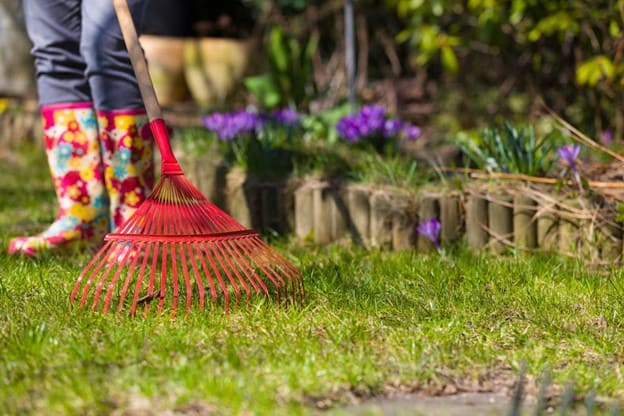
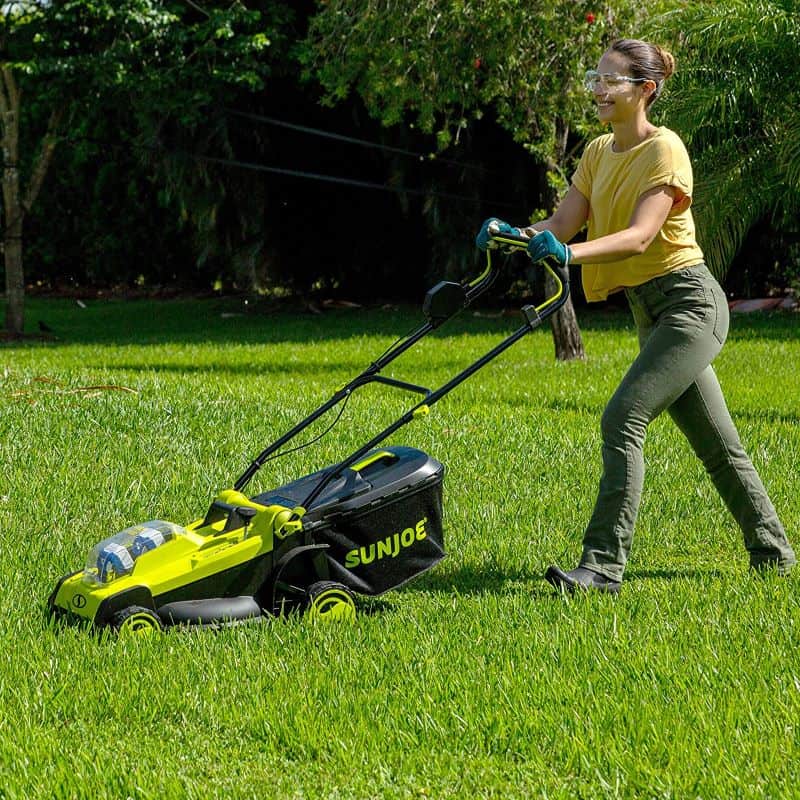
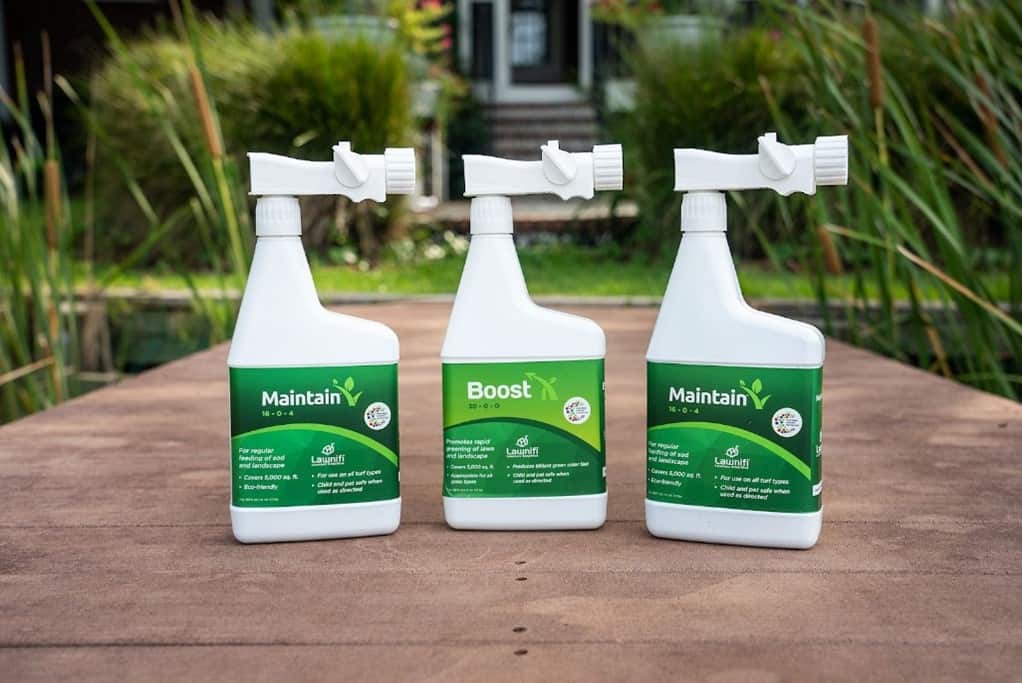
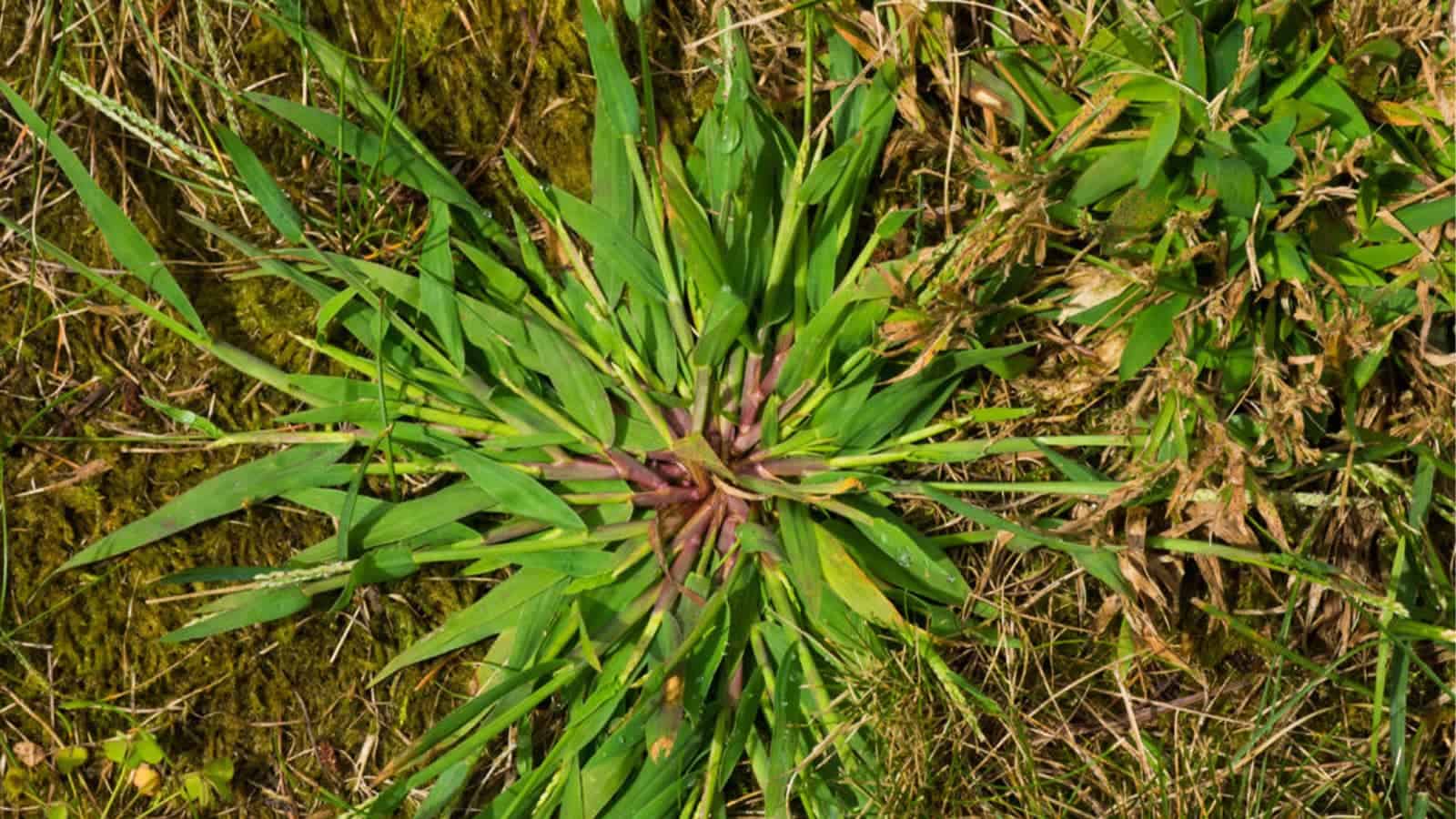

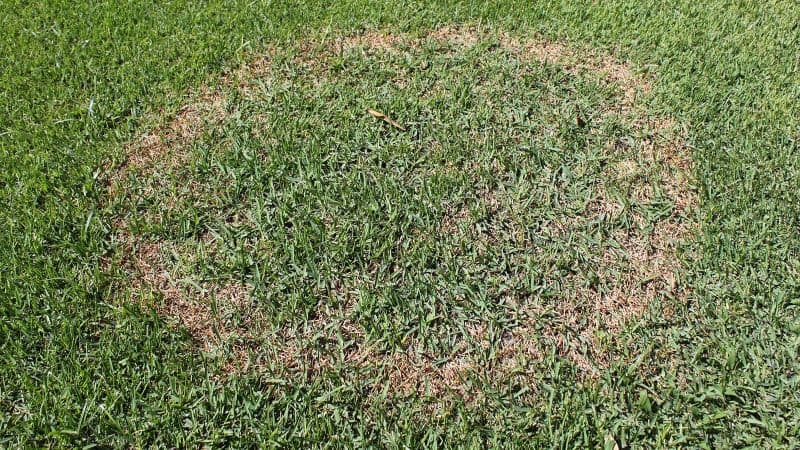
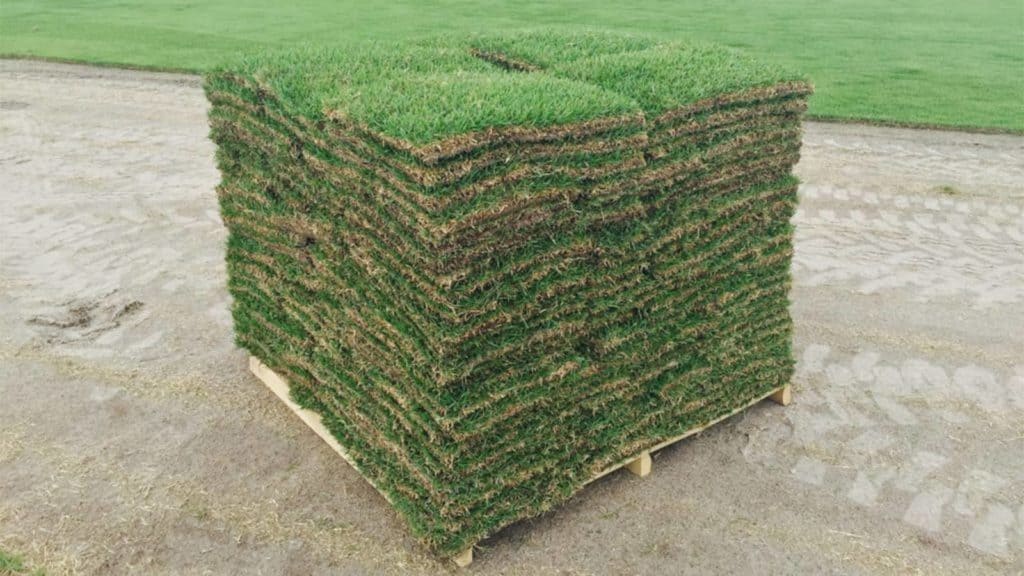

Leave a Reply